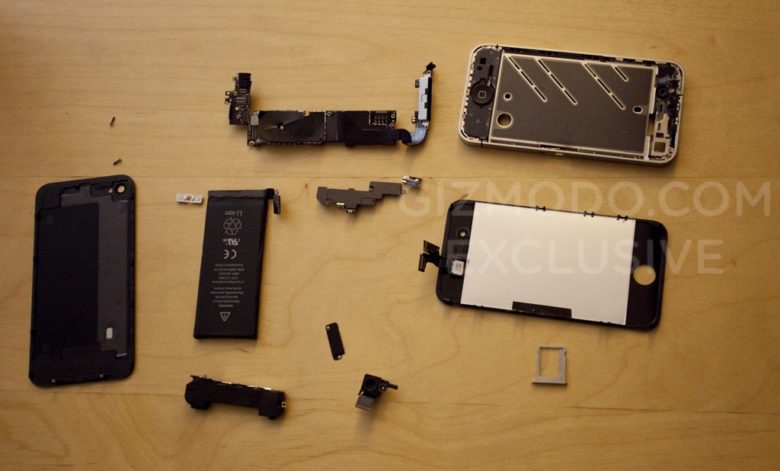[ad_1]
 April 20, 2010: A day after the most high-profile iPhone leak in history, tech news site Gizmodo dissects a prototype iPhone 4, then publishes the teardown — showing the world exactly what’s inside the soon-to-be-released device.
April 20, 2010: A day after the most high-profile iPhone leak in history, tech news site Gizmodo dissects a prototype iPhone 4, then publishes the teardown — showing the world exactly what’s inside the soon-to-be-released device.
The iPhone 4 prototype, accidentally left in a bar by 27-year-old Apple software engineer Gray Powell, quickly becomes the biggest story in the tech world. And that’s where the trouble begins.
Gizmodo and the iPhone leak of the century
Gizmodo bought the device for $5,000 from a bar patron who found it after Powell’s historic screwup. The tech publication began posting a series of stories that fueled a massive controversy, not least because of Apple’s reaction to the revelations about its secret prototype.
Gizmodo’s first hands-on look at the iPhone 4 came on April 19, one-and-a-half months before Steve Jobs introduced the device at Apple’s Worldwide Developers Conference (the last iPhone introduction of his career).
Although the prototype iPhone 4 was disguised as an iPhone 3GS, Gizmodo’s teardown revealed details about upcoming design changes: its larger battery; its thinner, more squared-off form factor, and more.
iPhone 4 prototype fuels controversy
Some observers accused Gizmodo of breaking the law by buying the prototype. The biggest controversy, however, resulted from Apple’s aggressive response to the leak.
A week after Gizmodo’s big scoop, police raided the apartment of Gizmodo editor Jason Chen. The raid was ordered by the Rapid Enforcement Allied Computer Team, a California task force commissioned to investigate high-tech crimes. Apple was a member of the task force’s steering committee.
During the raid, police broke through Chen’s door when he did not answer it. They did not arrest the editor, who was out at the time. However, police seized external hard drives, four computers, two servers, phones and other items from his home.

Photo: Gizmodo
Apple becoming Big Brother?
The law enforcement action raised a number of questions about Apple, which divided public opinion about the company’s actions. On the one hand, Gizmodo owned up to purchasing an iPhone that didn’t belong to it. But a backlash developed against Apple. To some, it appeared as if the company’s insistence on control and secrecy tipped over into arrogance.
The Gizmodo standoff came not long after Apple settled a lawsuit with reporter Nick Ciarelli, resulting in the shuttering of Think Secret. Ciarelli’s massively popular Apple rumor site had broken a number of high-profile stories.
At the time, The Daily Show’s Jon Stewart gave voice to growing concerns about Cupertino’s power and influence.
“You guys were the rebels, man, the underdogs,” Stewart said on his popular show. “But now, are you becoming The Man? Remember back in 1984, you had those awesome ads about overthrowing Big Brother? Look in the mirror, man!”
Fortunately, Powell — the engineer who lost the iPhone 4 — kept his job with Apple. He continued to work on iOS software until 2017. Somewhat amusingly, he listed “security engineering and architecture” as his job title on his LinkedIn profile.
[ad_2]
Source Article Link

